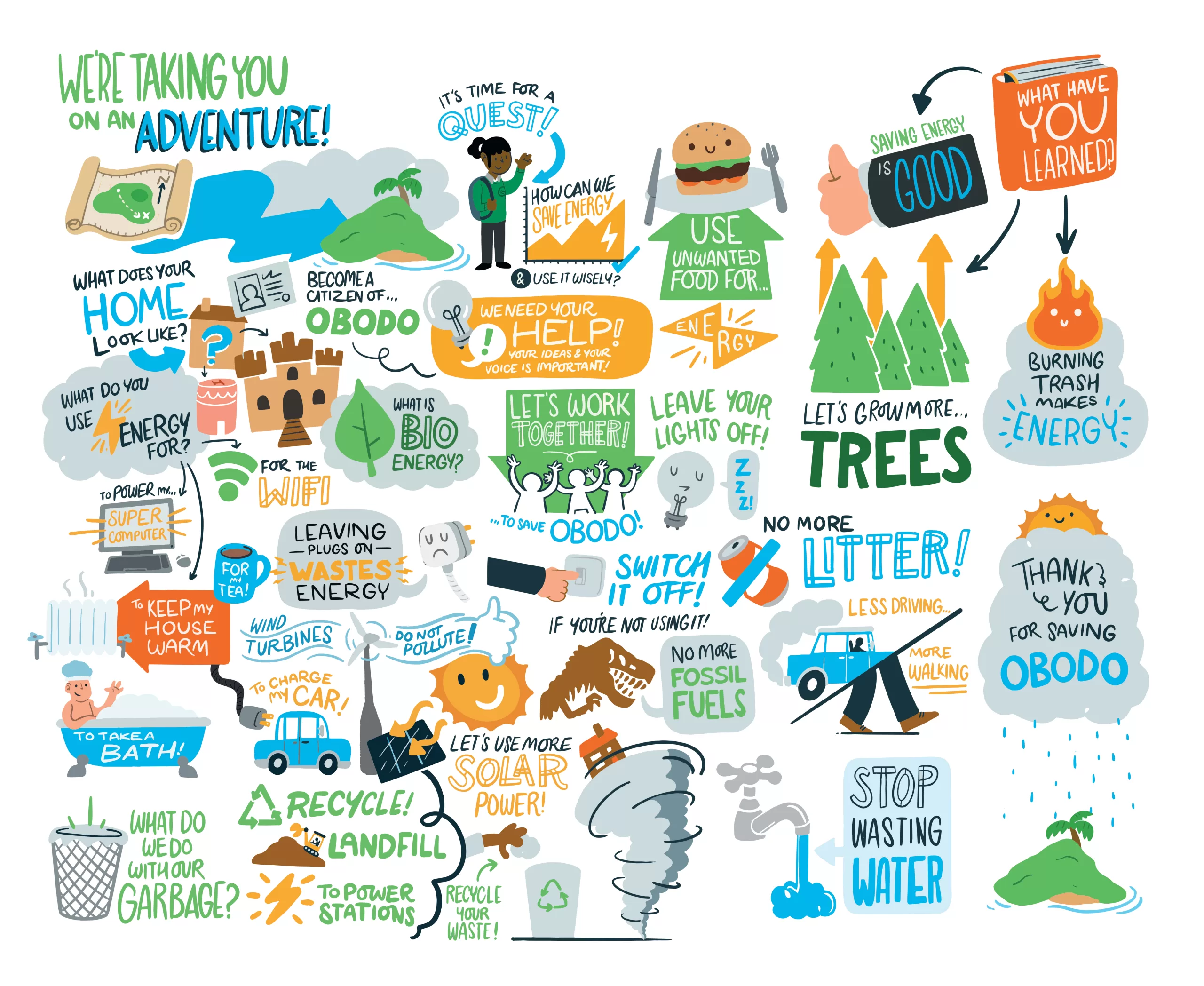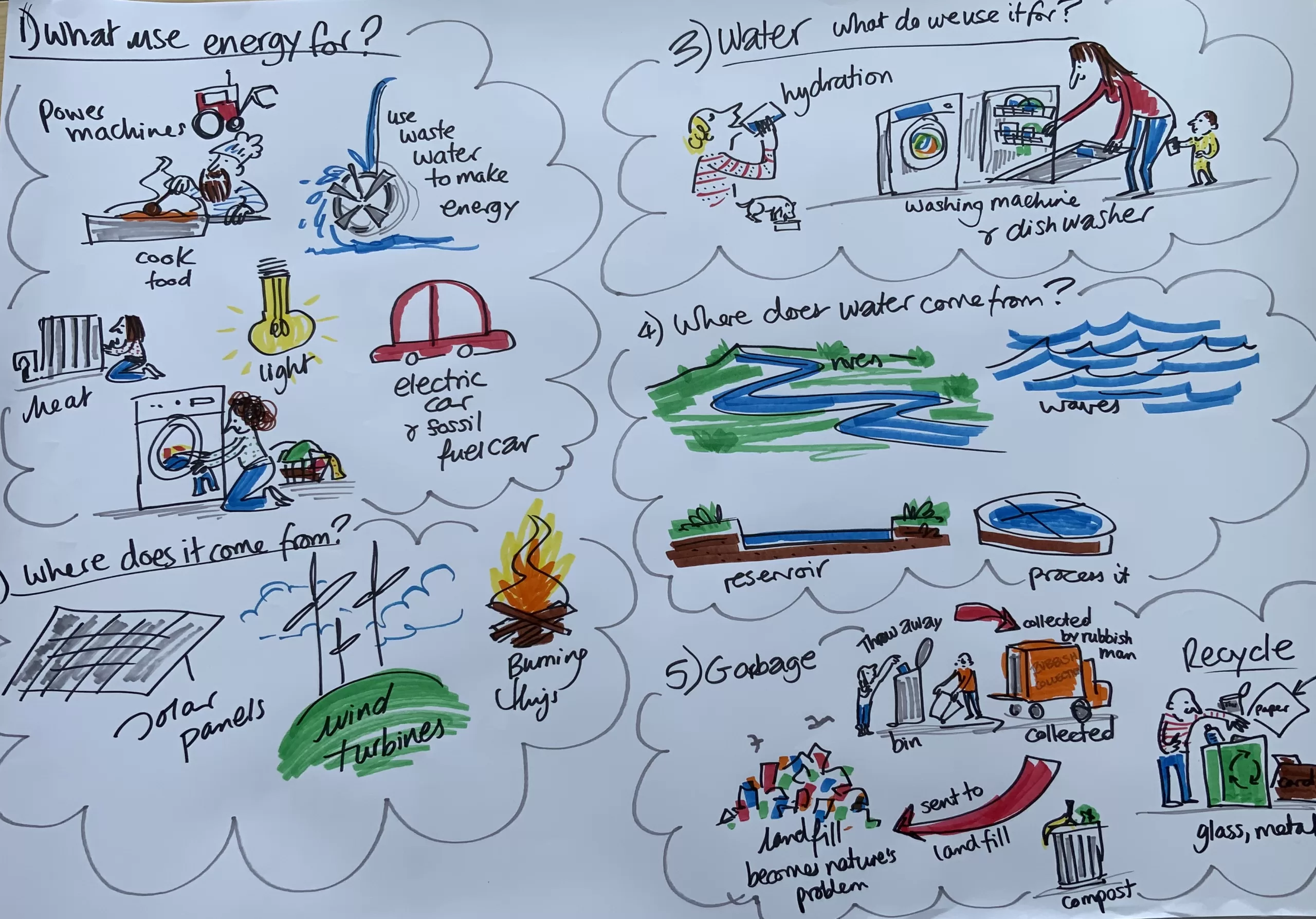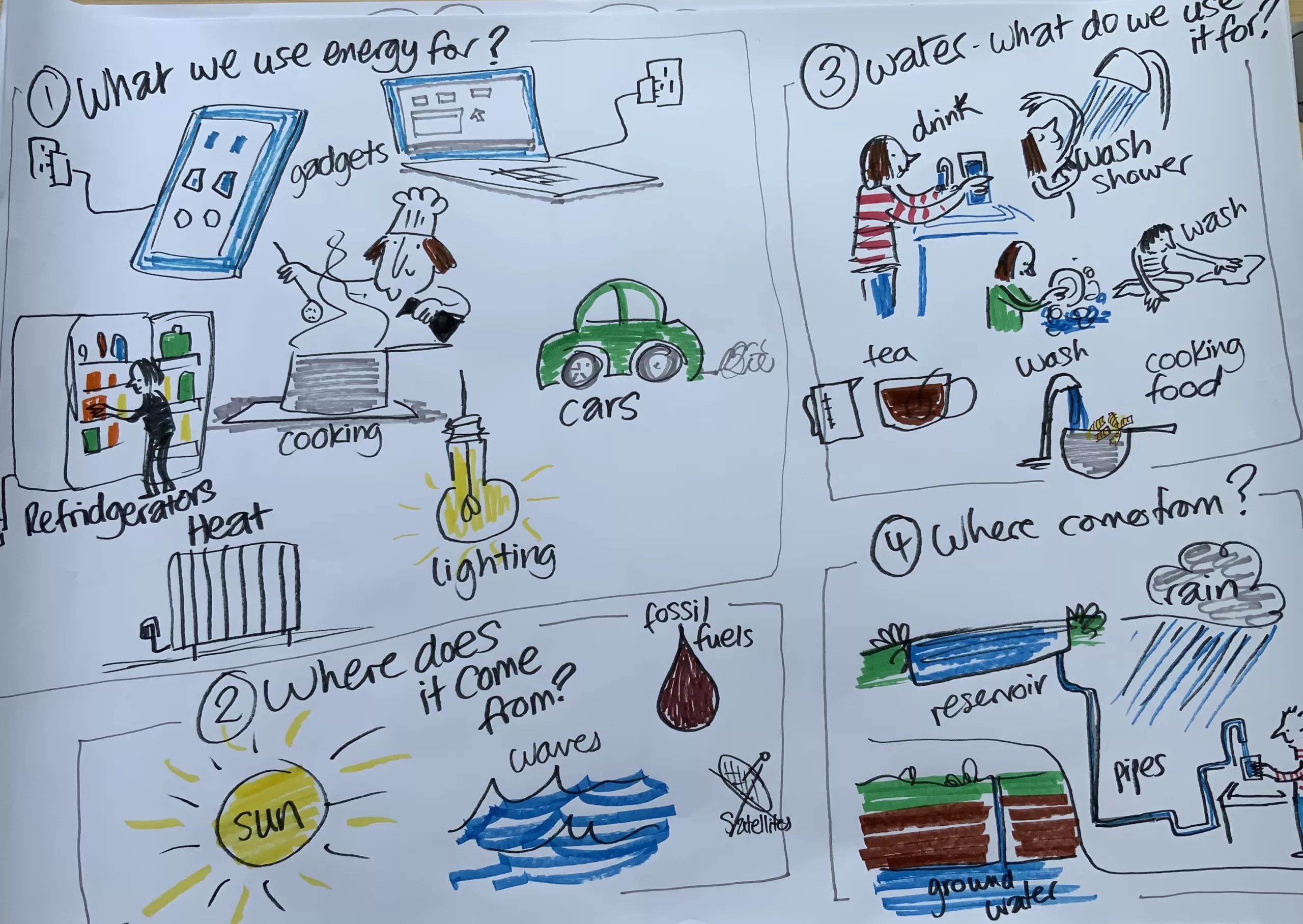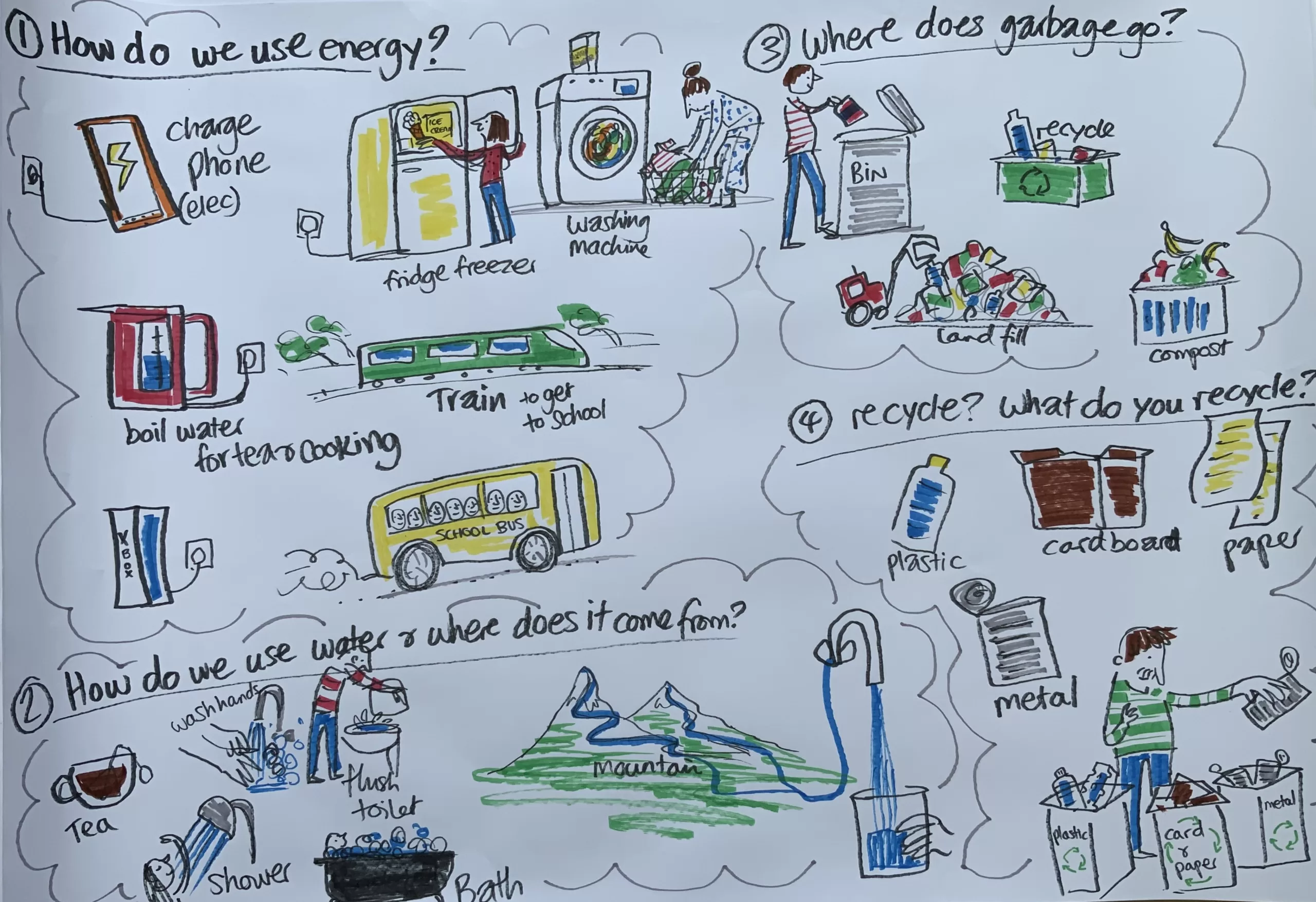Supergen Bioenergy Hub response to Environment, Food and Rural Affairs Committee inquiry into agriculture, achieving net-zero emissions
The Environment, Food and Rural Affairs Committee inquiry examines how agriculture can achieve net-zero emissions by 2050 whilst maintaining food production. It will also look at how those affected in farming communities can be supported through the transition fairly.
The committee invited written submissions in response to its terms of reference. The Supergen Bioenergy Hub has submitted the response below.
- How could 20% of UK agricultural land be repurposed to increase forest cover, restore peatlands, implement catchment-sensitive farming and enable agricultural diversification, whilst maintaining current levels of food production?
Bioenergy and other industrial crops can provide renewable sources of heat, power, liquid transport fuels including for hard-to-decarbonise sectors such as shipping and aviation, bio-based materials and platform chemicals. In other words, plant biomass can provide a wide range of fossil fuel alternatives. However, bioenergy crops can also contribute to greenhouse gas removal if they are used to make products such as building materials or where bioenergy production is combined with carbon capture and storage (BECCS). In addition, there is the potential of in-field carbon sequestration if the bioenergy crop is planted on soils where the carbon content has been degraded.
The challenge is how to avoid negative impacts of bioenergy cropping on existing agricultural production. However, there are ways to avoid this, including by focusing on crops which can grow on marginal and even contaminated sites where food production is difficult or undesirable. The crops which tend to be recommended in these sites are perennial lignocellulosic crops such as the energy grass Miscanthus, and also short rotation coppice willow (SRC willow). Fast-growing forestry species such as poplar are also another option in addition to conventional and longer-term forestry.
UK agriculture is at a stage where significant change is on the near horizon with likely significant changes to subsidy payments and international trading arrangements. The growing of energy and other industrial crops could therefore provide diversification options for farmers at a time when other production schemes become uneconomic. At the same time changes to food production in the UK are likely to increase, for example with more controlled environment agriculture including in polytunnels and greater use of automation, especially of horticulture, which may also require renewable sources of heat. We therefore see bioenergy as playing a role in future UK agriculture and horticulture, providing multiple benefits within and beyond the farm.
What is important though is that we understand the impacts of change as they are occurring and whilst the land use transitions are being made to deliver on the ambitious net zero targets, so that changes and policy incentives can be adjusted accordingly. Recent published work and ongoing studies from the Supergen Bioenergy Hub have sought to provide information on a number of these knowledge gaps.
- Are there other practical and economic ways for the agriculture sector to achieve net zero emissions?
There are opportunities for a more integrated approach to land use, where interventions and changes in land use and management are coordinated and targeted to maximise benefits. Combining multiple approaches on the same farm, e.g. combining reduced methane emissions from ruminant livestock by interventions on diet, and with targeted planting of woodland for shelter on most degraded soils were carbon gains are likely to be highest or in areas where they can provided additional flood mitigation. In other words, the performance of the farming unit (which could be multiple farms in a catchment) could be considered in totality rather than in isolated schemes. Co-cropping is one example whereby during the early years of SRC willow planting, a low-density of sheep or poultry can graze. Also Miscanthus bedding used in poultry production could be combusted so that additional value is obtained from a natural resource.
Another contribution to meeting net zero targets will be to reduce waste. This includes the utilisation of waste and contaminated land for the production of industrial crops, and the reduction of waste throughout the agricultural and food supply chains, in the field, during transport, storage, processing, on supermarket shelves and in the home. Such wastes and residues are often wet and less suitable for combustion but suited for a role for anaerobic digestion (AD) combining the utilisation of both crop-based food chain wastes and slurries from livestock production. In summary, a move to an agriculture-based circular economy that seeks to generate fewer wastes that leave the farm and generate more inputs from wastes that would otherwise require external inputs will increase efficiency.
- How important will the financial payments proposed under the Agriculture Bill be to incentivise actions to reduce, capture and store GHG emissions, and how should the payments system be designed?
Greenhouse gas (GHG) reduction and removal are important public goods, as is the maintenance of existing soil carbon stocks in grassland and forestry. Financial incentives are potentially needed to assist some farmers making a transition between different farming types at a time of change and also to incentivise the promotion of public goods in the form of carbon removed and kept out of the atmosphere. In other words, in addition to the growing of energy crops for approaches such as BECCS, the building up of soil carbon on low-carbon or carbon-degraded soils and the maintenance of high soil carbon soils need to be maintained. Funding from public sources and also potential private from hard to decarbonise sectors could help fund the maintenance and accumulation of carbon in soil.
Payments will need to be able to reflect that at least in the short-term, the greatest impact on GHG emission from biomass production may occur off farm, via BECCS, fossil fuel replacement, or the use of wood and other biomass products in long-lived materials. Indeed, a managed woodland can provide greater overall offset than one that remains unharvested. Payment systems need to be simple but use of biomass may involve multiple parties with a claim on any payment scheme.
To avoid unintended consequences, carbon payments must also be structured to balance the provision of other ecosystems services beyond carbon, for example including flood mitigation, clean air and water, and biodiversity.
- What support, skills, training and information will land managers need to adapt and thrive; and how should this be provided and funded?
For many farmers and land managers, this will involve change. Therefore assistance and advice should be provided/made available on the growing and management of new crops, forestry and integration of activities, especially to deliver carbon as a public good. This will be important to ensure the maximum carbon gains are achieved, and will probably require both technical advice and also economic/financing advice. Advice can be from third parties but there should also be opportunities for farmers to receive training in agricultural education and in continuing education programmes.
One of the greatest needs will be for predictive technologies that can assist land owners in the selection options likely to provide the greatest carbon savings within their own farming systems, combined with expert advice on implementation. Indeed, at a time of change in agriculture, such tools to assist in making decisions between different land use types will become ever more important, for example: what are the options on a particular field or farm and what do the economics look like? As much as possible it will be necessary to identify the types of locations where the maximum benefits can be achieved both for individual farmers and for wider society.
- How could innovative technologies and farming practices help the agriculture sector achieve net zero? Are they currently commercially viable or is there a viable path to market for them?
Innovative approaches are required to reduce the planting costs of energy crops, which should come from economies of scale from the increased scale of planting and will promote new industries. In addition, certain technologies such as the take-up commercially of seed-based rather than rhizome-propagated Miscanthus, as developed at Aberystwyth University, along with associated agronomic improvements, will reduce planting costs. Other technologies such as increased automation and robotics in agriculture present opportunities for technologies, such as automated weed removal by robots during the establishment year, should also have positive economic and production impacts.
- What impacts would large-scale changes in land-use have on rural communities and how should the transition be managed to achieve sustainable and just economic, environmental and social outcomes?
There are significant opportunities for an increase in rural economic activity, both in terms of primary production by farmers and land managers but also in the processing of biomass within the rural community, and in new downstream industries in both rural and urban locations. At a time of change in agricultural subsidy support, new industries and job creation in the local economy, for example in green manufacturing, could provide sustainable employment locally and address climate change globally. This is a major opportunity to rethink the last 200 years of how rural and urban economies interact.
- What impact would encouraging a shift in diets towards lower red meat and dairy consumption have on agriculture, and how could any negative impacts be mitigated?
A shift toward less red meat and dairy production would create significant change in UK agriculture especially in the predominant grassland sectors and especially on the west of the UK in areas such as Wales and the Lake District. The opportunity to, in effect, farm carbon through the growing of industrial or energy crops and forestry could help some farmers diversify. However, there are certain geographic locations that are still agriculturally productive but because of factors, such as slope of fields and accessibility, the continued production of grass and grazing by livestock will still represent the most appropriate utilisation of land and the landscape, including for tourism and leisure.
If demand decreases because of changes in consumer choice then UK agriculture may wish to respond by growing more crops for a plant-based diet. However, a reduction in UK red meat and dairy only to be compensated by imports from other parts of the world will not help achieve global climate change targets especially when UK production systems are some of the most efficient, including in terms of greenhouse gases emitted, globally.
- How can any reduction in UK-agricultural GHG emissions be achieved without ‘offshoring’ emissions to other countries via increases in the consumption of imported foods in the UK?
There are significant opportunities for UK farming, land owners and rural communities for managing land for carbon. If we buy in solutions by offshoring emissions then we lose these benefits and also opportunities to increase UK natural capital and ecosystem services, including for soil carbon and soil health, flood protection, clean air and water.
































